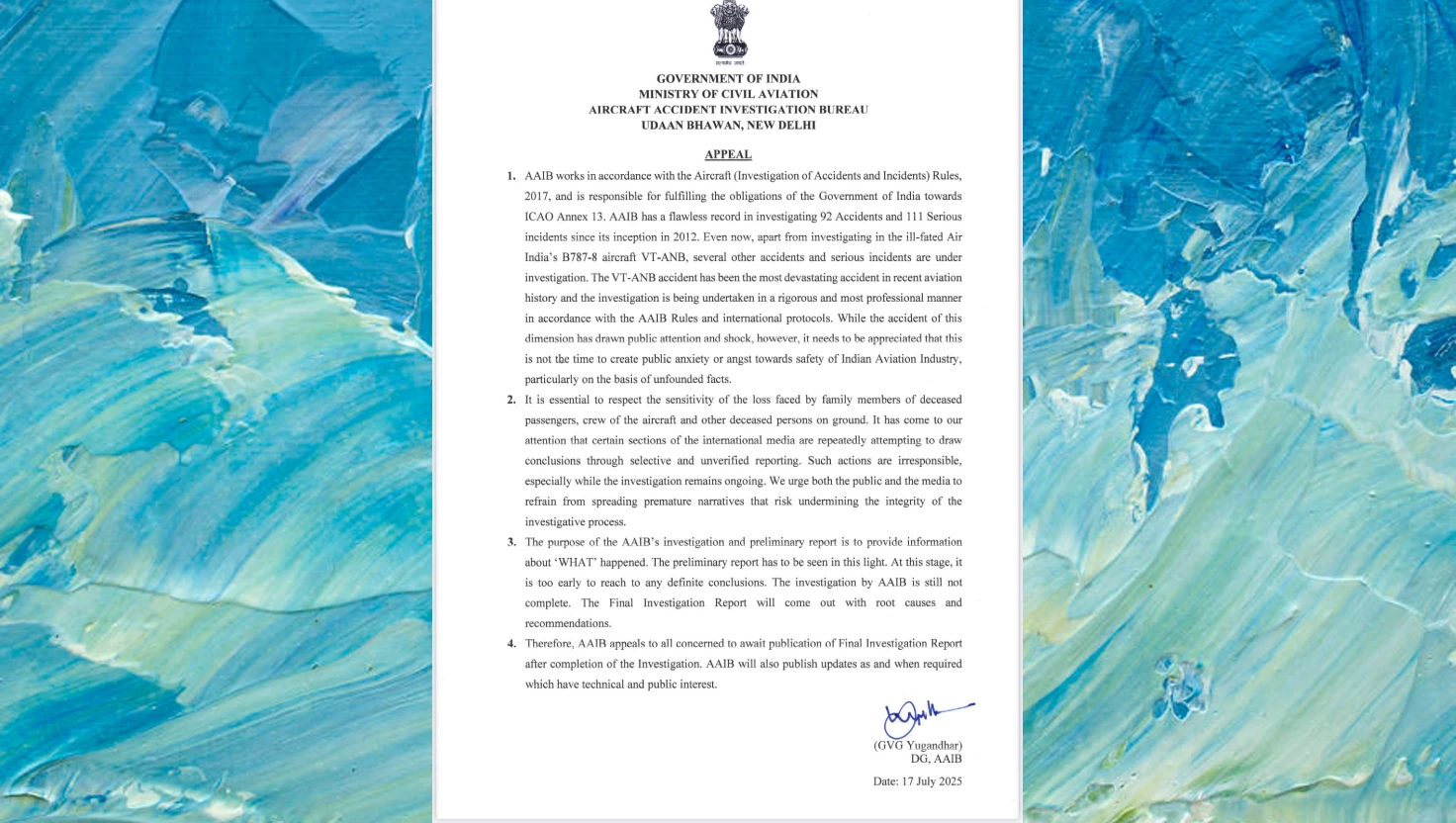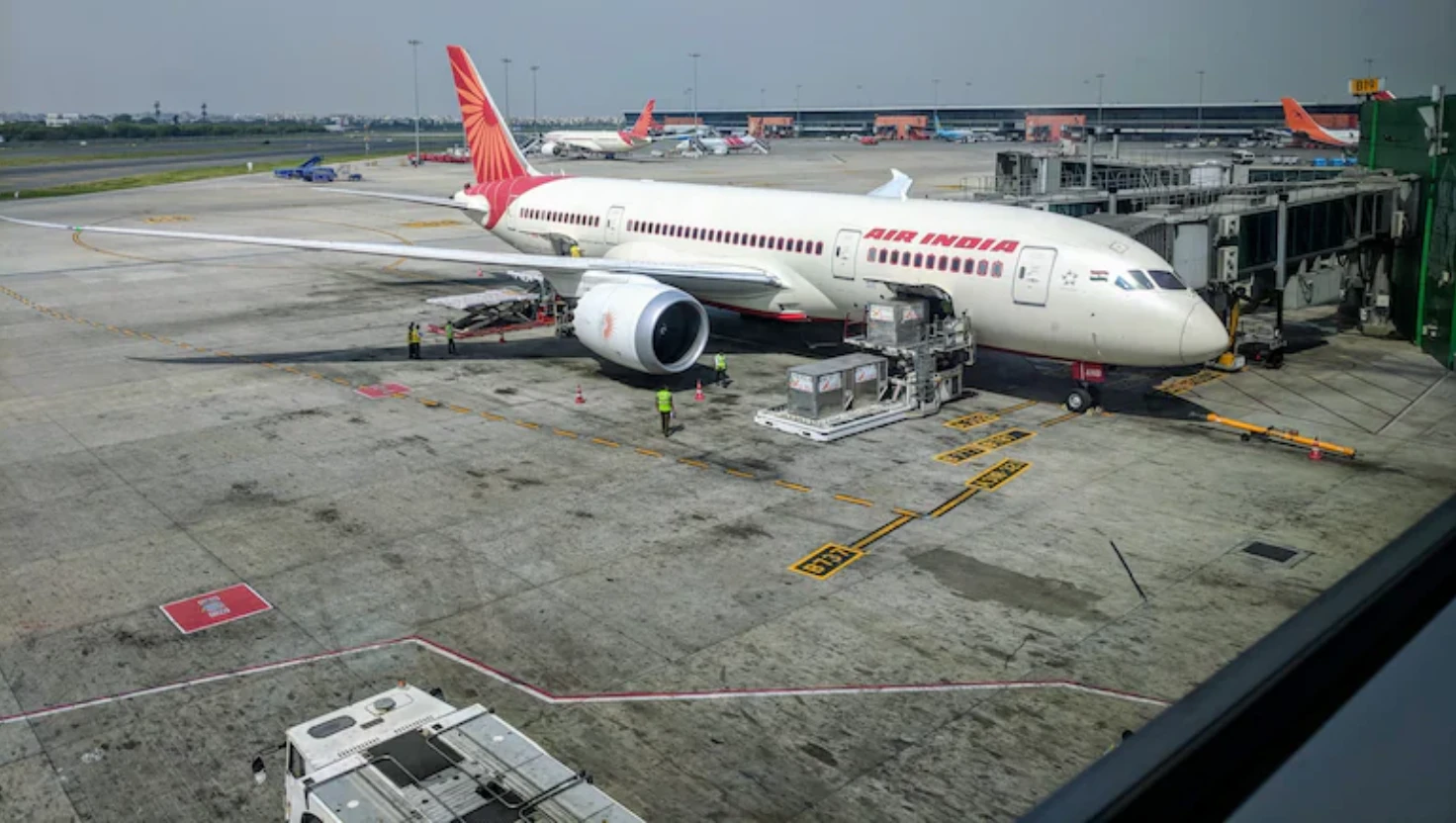India’s rising property market: Shining example of economic growth

Properties of higher value have witnessed a jump from 16% to 43% in India
Property prices are considered as an important macroeconomic indicator
In fact, properties of higher value have witnessed a jump from 16% to 43% in India in the period between 2018 and 2024, indicating buyers’ preference for premium property in the country.
If experts are to be believed, this upward trend will continue, with home prices projected to rise by 6.5% in 2025.
Demand for higher value properties
The demand for higher value properties is largely concentrated in India’s metropolitan cities and especially, around Delhi-NCR, Mumbai, Pune, Hyderabad, Bengaluru, Chennai, and Kolkata.
As these cities are also major economic centers attracting best talents across India, increase in demand is linked to growth in income levels of the working population.
Besides, Indians are increasingly becoming aspirational towards better living standards and therefore, are looking to upgrade or shift to a better home in major cities that caters to their family needs – gated societies offer better security for everyone, common playground for children, parks for elderly people, etc.
According to Global Commercial Real Estate Services, a real estate advisory firm, a 37.8% year-over-year (YoY) growth in the sales of properties of higher value was reported during the January-September 2024 period.
Delhi-NCR, Mumbai, Pune, Hyderabad, Bengaluru, Chennai, and Kolkata--top real estate markets in India saw average housing prices rise by 11% YoY in Q3 2024, with Bangalore supporting the pack with an impressive 24% YoY increase during the same quarter.
But it has been Mumbai Metropolitan Region (MMR) which has recorded the highest sales of property with around 1.5 lakh units sold in 2024.
Sales growth of property in Mumbai based on the Housing Price Index (HPI) prepared by National Housing Bank (NHB) was 4.6 % higher in the first quarter of FY 2024 as compared to the sales growth in the same quarter in FY 2023.
A longer trend of HPI also shows that property prices in Delhi, Mumbai and other metropolitan cities have been consistently rising in the past few years.
In its recently released report, the RBI said All-India HPI increased by 4.3% (y-o-y) in Q2’24 as compared to 3.3% growth in the previous quarter and 3.5% growth a year ago.
Urbanisation and increase in disposable income
Since India’s urban population is rising rapidly as more people are migrating to cities in search for better job opportunities, it has led to driving up the demand for housing and with this, rise in property prices.
Along with this, it should not be forgotten that the rise in economic growth has contributed to more people being able to afford better living standards in the country.
Besides, rising property prices usually incentivize developers to build better quality housing and infrastructure, leading to improved urban living conditions.
Easing financing by banks
The Reserve Bank of India (RBI) has in recent years maintained relatively low interest rates to stimulate economic growth. Low mortgage rates make borrowing cheaper for homebuyers, increasing the demand for housing.
Additionally, banks and financial institutions have made home loans more accessible, further fuelling the demand for residential properties.
Role of regulations and policies
Initiatives like the Real Estate (Regulation and Development) Act, 2016 (RERA), aimed at increasing transparency and protecting buyers, have instilled greater confidence in the market.
A major employment generator
Rising property prices tend to stimulate consumption activity, which in turn leads to higher employment and income opportunities for workers in the construction and ancillary sectors.
Contributing around 7.3% to India’s gross domestic product (GDP), real estate is the largest employment generator, sharing as much as 18 % in national employment.
According to a joint report by ANAROCK (real market consultant) and NAREDCO (realtors’ body), 71 million people were employed in the real estate sector in 2023 against 40 million in 2013.
Conclusion
While analysing all this, it should not be forgotten that in India the number of affluents are increasing very fast. As per, Knight Frank’s Wealth Report, the number of Ultra High Net Worth Individuals (UHNWIs) in India grew by 4% in 2023 and is projected to rise by 58% by 2027.
This has fuelled demand for premium commercial and residential spaces equipped with state-of-the-art amenities and sustainable designs.
Developers catering to these demands often price their projects higher, contributing to the overall rise in property prices. Moreover, the influx of Non-Resident Indians (NRIs) investing in Indian properties has also contributed to the price surge.
***Shishu Ranjan is Vice President in Barclays Bank in India and Ajit Jha is Assistant Professor at ISID, New Delhi; views expressed here are their own

Reliance Retail acquires Kelvinator, The Coolest One
Reliance Retail has purchased the Kelvinator brand from Electrolux for nearly ₹160 crore, aiming to strengthen its position in India's consumer durables market.
| 2025-07-19

Saiyyara has shattered every myth about launching newcomers. No big names, no big PR
Madhur Bhandarkar praises debut film 'Saiyaara' for its raw talent and storytelling, marking a shift in Bollywood's approach to newcomers.
| 2025-07-19

India slams reports blaming pilots for Air India crash
India's AAIB disputes US media assertions regarding Air India AI 171 crash, highlighting ongoing investigation and sensitivity towards victims' families.
| 2025-07-18

India Secures Four-Wicket Win in ODI Series Opener Against England
India achieves a four-wicket victory over England in the ODI series opener, led by Deepti Sharma's unbeaten 62 runs.
| 2025-07-17

Air India inspection claims no problems found with Boeing 787 fuel control switches
Air India has conducted thorough inspections of its Boeing 787 fuel control switches, reporting no problems following a DGCA directive.
| 2025-07-17




